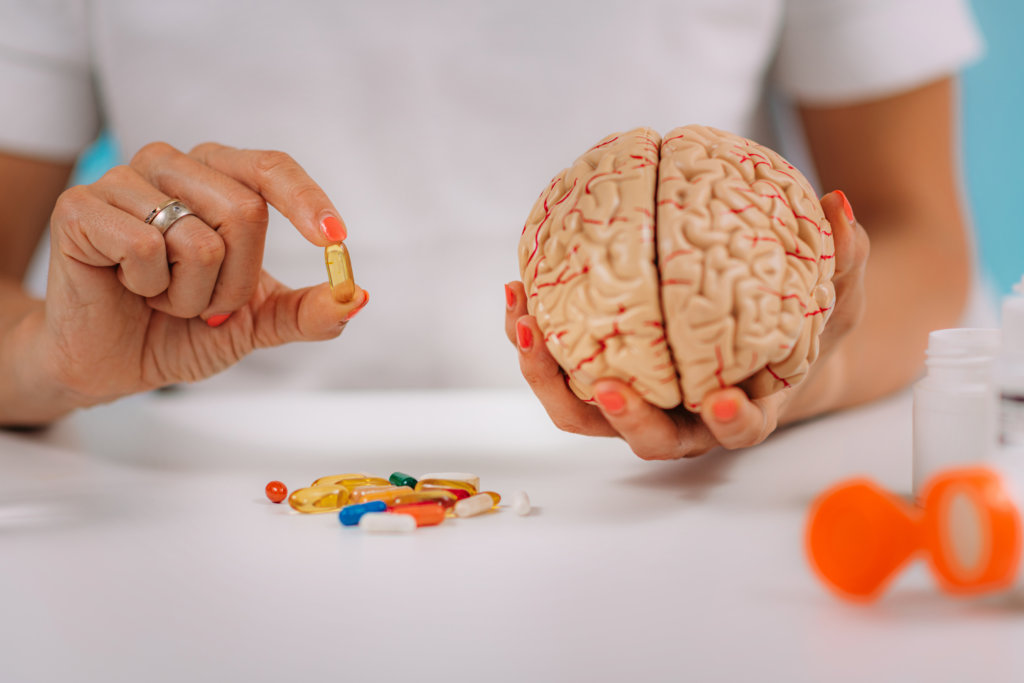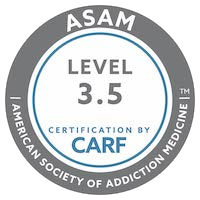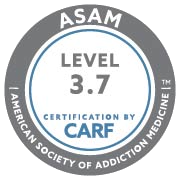
In 2014, almost 30 million Americans were classified as current drug users. This means that they had used drugs in the month prior to the National Survey on Drug Use and Health (NSDUH). Drugs can alter moods, emotions, and behaviors by altering brain chemistry, perceptions, and how people interact with the environment.
Neurotransmitters & Brain Effects of Drugs
Mind-altering drugs can slow down or speed the central nervous system, as well as autonomic functions essential for living. These include blood pressure, respiration rate, heart rate, and body temperature. Drug abuse can also affect the levels of neurotransmitters (chemical messengers) in the brain.
- Dopamine: This neurotransmitter controls moods and enhances pleasure. It is involved in the movement, reward, and reinforcing behavior, motivation, and attention.
Dopamine-lowering drugs include heroin, marijuana, and other opioids. Stimulants, ecstasy, and PCP are all possible.
- Serotonin: This neurotransmitter regulates emotions and stabilizes moods.
Ecstasy, hallucinogens, and other drugs can affect serotonin levels.
- Gamma-aminobutyric Acid (GABA: GABA is a natural tranquilizer that reduces stress and anxiety, as well as slowing down the functions of the central nervous systems.
GABA levels can be affected by benzodiazepines.
- Norepinephrine (akin to adrenaline): Because it increases the central nervous system’s response to the “fight or flight” response, norepinephrine has been called the “stress hormone”. It helps you focus and pay attention, while also increasing your energy levels.
Opioids and ecstasy are two drugs that can affect norepinephrine levels.
The brain stem is responsible for controlling life-sustaining functions such as breathing, sleeping, heart rate, and heart rate. The limbic system controls the reward circuitry in the brain and helps control emotions and happiness. The brain’s “thinking center”, the cerebral cortex, is responsible for problem-solving and planning. It also helps people process information from their senses.

Addiction is characterized by drug cravings, dependence, withdrawal symptoms, and a loss of control.
Marijuana
The most commonly used illicit drug in America is marijuana. It is trendy among young adults and adolescents. The psychoactive chemical in marijuana, delta-9-tetrahydrocannabinol (TCH), interacts and binds with cannabinoid receptors in the brain, producing a mellowing and relaxing effect. Side effects of marijuana abuse include impaired motor skills, mood alterations, sensory perception problems, memory loss, diminished time and sensor perception, reduced attention, and difficulty solving problems.
Long-term effects of marijuana include memory loss, impaired coordination, learning difficulties, sleep problems, and sleep problems. In addition, breathing and respiratory problems, chronic cough, and bronchitis can be outcomes of regular marijuana smoking. It can also cause disruptions in heart rhythms and normal cardiac functions.
Synthetic Cannabinoids
Synthetic marijuana, also known as Spice or K2. The health effects are the same as marijuana’s but to a greater degree.
Prescription Opioids and Heroin
Heroin and prescription opioid drugs like OxyContin (oxycodone), Vicodin (acetaminophen/hydrocodone), fentanyl, methadone, and Dilaudid (hydromorphone) bind to opioid receptors in the brain and trigger the release of dopamine. As the body becomes accustomed to opioid drugs’ interactions in the brain, it can lead to tolerance. Individuals may need to take more of the drug to feel the desired effects. When the opioid wears off, the brain ceases to function as before. Dopamine levels will drop.
Opioids can block pain sensations and induce drowsiness. They also slow down heart rate, blood pressure, respiration, and heart rate. Opioid addiction can lead to severe respiratory depression, sometimes fatal.
Methamphetamine, Cocaine and Other Stimulants
Cocaine, methamphetamine (meth), and prescription amphetamines, like Adderall pills (amphetamine/dextroamphetamine) and Ritalin (methylphenidate), are classified as stimulant drugs. Cocaine, crystal meth (ice drug), and meth produce intense highs that rapidly flood the brain with dopamine. The DEA warns that regular cocaine abuse can cause paranoia, adversely impact the functions of the central nervous systems, including cardiac arrhythmias and sudden cardiac arrest. Meth affects the brain and central nervous systems in a similar way, so people who use it frequently may experience hallucinations and anxiety. Methamphetamine can also cause brain damage, including problems with memory, learning, emotional regulation, and movement.
Benzodiazepines
Benzodiazepine medications are prescription sedatives or tranquilizers such as Valium, Ativan, Lorazepam and Xanax. They increase brain levels of GABA and slow down the functions of the central nervous systems. However, they are often misused and can cause a euphoric feeling when taken in large amounts.
High doses or the use of the drug in other ways than intended (e.g., crushing tablets to snort or smoke the powder; chewing the tablets; or taking too much at once) can cause extreme confusion, impaired coordination, death, and impaired reflexes. In addition, the risk of a fatal overdose is significantly increased if a benzodiazepine is combined with opioids, alcohol, or other central nervous systems depressants.
Ecstasy
Ecstasy is also known by its chemical name MDMA or Molly drug. It’s a popular psychoactive drug and club drug. It binds to the brain’s serotonin transporters and can be both stimulant and hallucinogenic. It stimulates serotonin and norepinephrine activity within an hour of ecstasy entering the bloodstream. As a result, ecstasy can raise blood pressure, heart rate, and body temperature. Side effects of ecstasy overdose and abuse include hyperthermia, high blood pressure, panic attacks, and blurred vision.
MDMA can cause cognitive problems in the brain. In addition, frequent ecstasy can cause side effects such as anxiety, insomnia, sleep problems, depression, aggression, impulsivity, and decreased interest in sex.
LSD, PCP, and Ketamine are all hallucinogens.
Hallucinogens are a class of drugs that can cause distortions in reality and perceptions. They can be broken down into two main categories: classic hallucinogens ( LSD), peyote (psilocybin), DMT, Ayahuascaasca, and dissociative drugs. Although it is unclear how these drugs affect the brain, it is well known that they disrupt normal neurotransmitter communication. Glutamate is a brain chemical involved in memories, cognition, and emotions. It is believed that dissociative drugs can disrupt glutamate’s action. People can feel disconnected from their environment, reality, and themselves through dissociative drugs. It can cause impaired motor functions, auditory or visual distortions, memory losses, anxiety, numbness, body tremors, and memory loss.
Side effects of drug-induced psychosis include altered moods, sensory distortions, and sensory perceptions. Also, there may be changes in hearing, seeing, or feeling things that do not exist. In addition, one may experience a severe hallucinogen persistent perception disorder (or HPPD), which can interfere with daily living and cause ongoing visual disturbances, hallucinations, and persistent psychosis. Even if you only use it once, the effects can be long-lasting and devastating to your brain and body.

We know how hard it is to take the first step on your recovery journey. That’s why we are here for you – with quality treatment and support that can help turn away cycles of addiction once and for all! Contact us today!

Hathaway Recovery Drug & Alcohol Treatment Center
Email: [email protected]
1042 East Belmont Abbey Lane, Claremont, CA 91711






